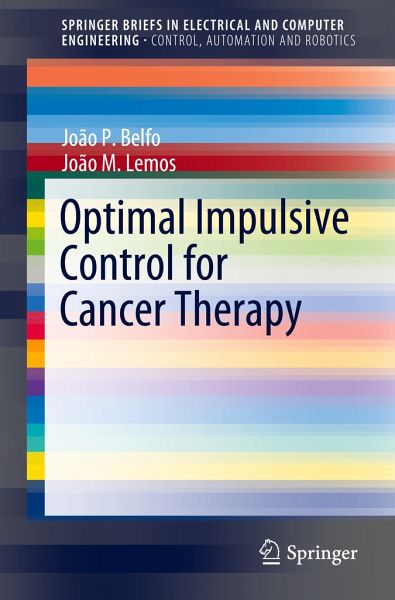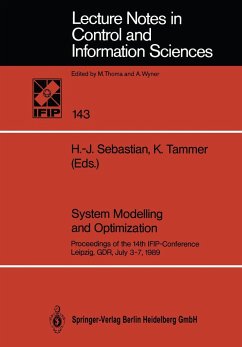
Optimal Impulsive Control for Cancer Therapy

PAYBACK Punkte
19 °P sammeln!
This Springer brief discusses the use of control engineering methods to plan a cancer therapy which tends to reduce tumour size in patients, striking a balance that minimizes the toxic effects of the treatment. The authors address the design and computation of impulsive control therapies, a methodology previously underexplored in the application of control methods to medical modelling. This allows simulation of such discrete events as taking a pill rather than relying on the supply of therapy being continuous and steady.The book begins with an introduction to the topic, before moving onto phar...
This Springer brief discusses the use of control engineering methods to plan a cancer therapy which tends to reduce tumour size in patients, striking a balance that minimizes the toxic effects of the treatment. The authors address the design and computation of impulsive control therapies, a methodology previously underexplored in the application of control methods to medical modelling. This allows simulation of such discrete events as taking a pill rather than relying on the supply of therapy being continuous and steady.
The book begins with an introduction to the topic, before moving onto pharmacokinetic, pharmacodynamical and tumour-growth models and explaining how they describe the relationship between a certain therapy plan and the evolution of cancer. This is placed firmly in the context of work introducing impulsive differential equations. The final chapter summarizes the research presented and suggests future areas of research to encourage readers in taking the subject forward.
This book is of interest to biomedical engineers, researchers and students, particularly those with a background in systems and control engineering.
The book begins with an introduction to the topic, before moving onto pharmacokinetic, pharmacodynamical and tumour-growth models and explaining how they describe the relationship between a certain therapy plan and the evolution of cancer. This is placed firmly in the context of work introducing impulsive differential equations. The final chapter summarizes the research presented and suggests future areas of research to encourage readers in taking the subject forward.
This book is of interest to biomedical engineers, researchers and students, particularly those with a background in systems and control engineering.














